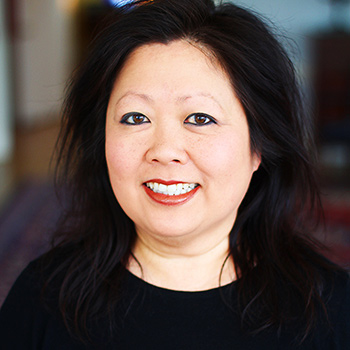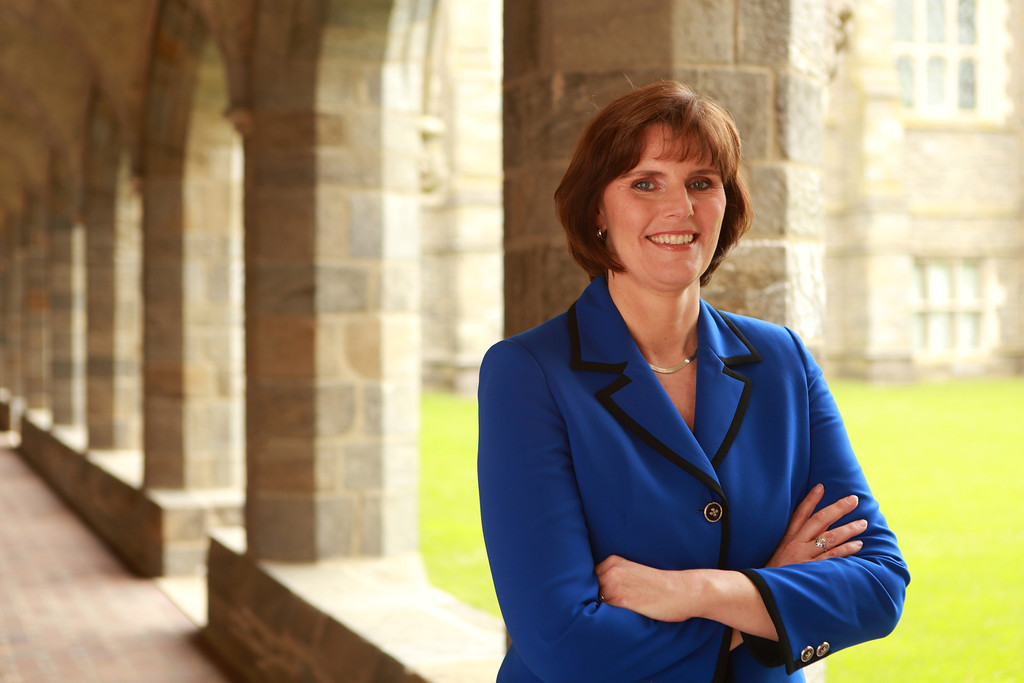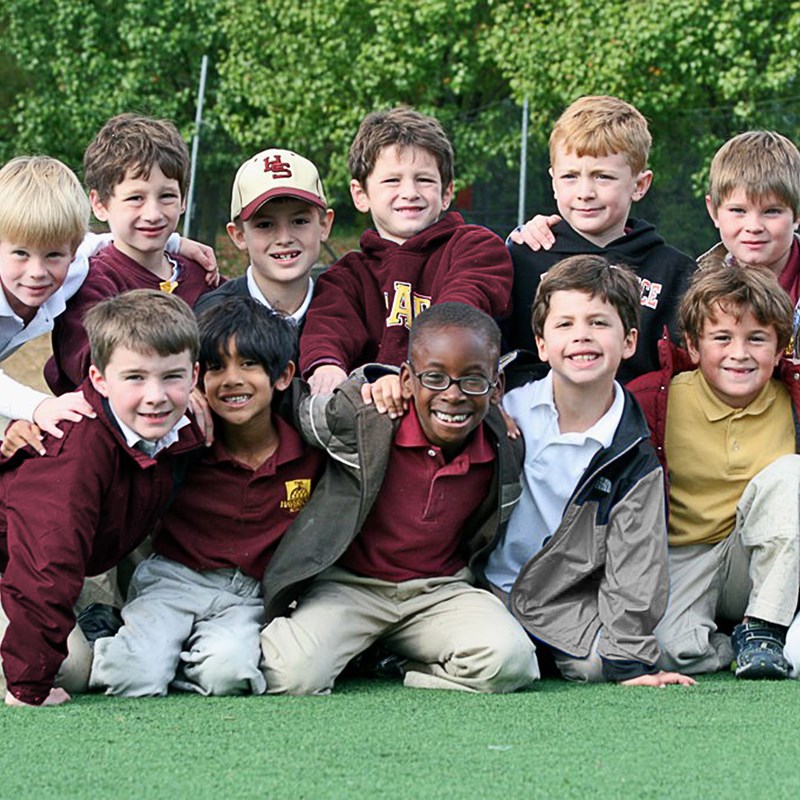U.S. REP. JACKIE SPEIER HAS SURVIVED BEING SHOT AND POLITICAL DEFEAT
By Samantha Love
Jackie Speier’s life changed forever one day in 1978 on the landing strip of an airport in Guyana.
In November of 1978, Speier was a staff member of Congressman Leo Ryan’s ill-fated trip to Jonestown, Guyana that inspired and initiated her life’s work. Ryan had constituents who had children who had gotten involved in the People’s Temple, a Church in San Francisco.
The Rev. Jim Jones had taken about 900 members of his congregation to Guyana in 1978-79, where they created, Jonestown, a commune in the middle of a jungle. Ryan’s mission was to investigate allegations of human rights abuses by Jones and his Peoples Temple followers, most of whom were American citizens.
As Speier recalled it: “People had defected and told Congressman Ryan about their experiences there and the abuse that was going on and so he wanted to go and find out first hand, and he took a number of relatives and staff members. We found out that people were being held against their will and many of them wanted to leave with us.”
When they left for the airstrip, they were not aware that a tractor-trailer armed with seven gunmen was following them, ready to ambush Ryan’s team and fleeing Church members. Speier recalled, “On the airstrip and I was loading passengers onto both planes and I heard this noise and I didn’t know it was gunfire.”
Ryan ran under the plane and she followed suit and hid behind one of the wheels, but they were both shot at point blank range. Congressman Ryan was shot 45 times. He was the first U.S. Congressman to be assassinated. Six others were killed. That same day, November 18, over 900 of the remaining members of the Peoples Temple died in Jonestown and Georgetown in a mass murder-suicide y drinking poison-laced KoolAid..
Although Speier got away with her life, she did not get away unscathed. She was shot five times on that airstrip.
Nearly dead
“The whole right side of my body was blown up. I was 28 and I thought, ‘Oh my God, this is it. I’m not going to live to be 85. I’m not going to get married and have children,’”
Speier said. She “experienced firsthand what mortality was all about.” As she lay there, the image of her grandmother, who was then 86, flashed in front of her. Speier recalled thinking: “I don’t want her to have to live through my funeral.” So, she dragged her body to the side of the plane, avoiding anymore gun wounds. “I don’t know how I did it” she said. And then, “someone pushed me into the plane,” which “wasn’t going anywhere because it had bullet holes through it.” Eventually she was taken out of the plane and put on the side of the airstrip, conveniently located on top of an anthill. She quipped, “I always tell everyone, you don’t sweat the small things when you are dying.” She waited there for 22 hours without medical attention. Continue reading








